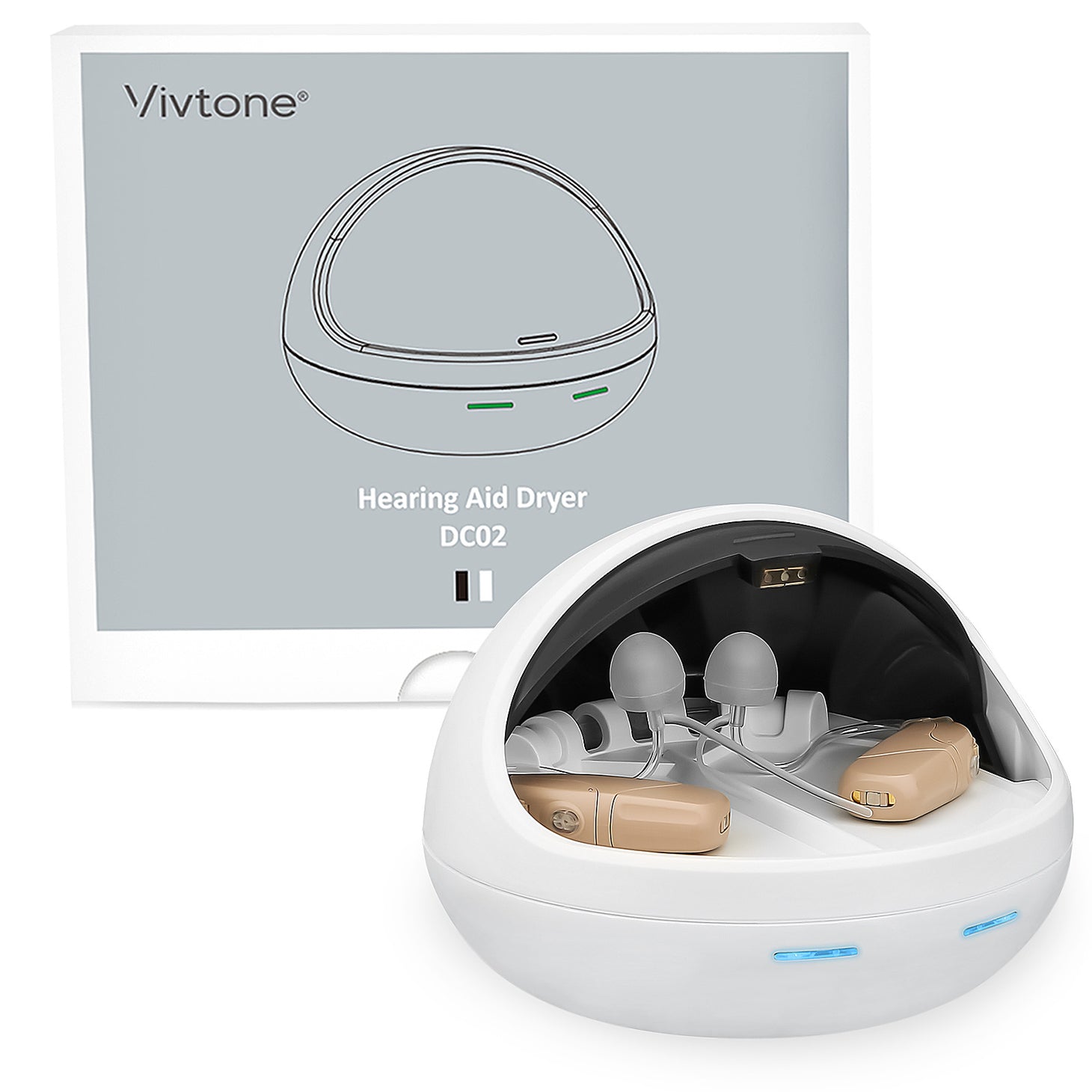- الكلمات - #BLOG
-
- آخر تحديث ١٢ أبريل، ٢٠٢٤ تعليق ٠ , ٢٠٤ views, ٠ مثل
More in Politics
Related Blogs
أرشيف
Understanding the Inner Workings of Hearing Aid Components: A Comprehensive Guide
الجسم
When it comes to understanding the inner workings of hearing aid components, it's essential to have a comprehensive guide that delves into the intricate details of these devices. From the microphone to the receiver, each component plays a crucial role in ensuring that individuals with hearing loss can effectively communicate and engage with the world around them.

The Microphone: Capturing Sound Waves
At the heart of every hearing aid is the microphone, which serves as the initial point of contact for sound waves. The microphone's primary function is to capture environmental sounds and convert them into electrical signals. These signals are then processed and amplified to ensure that the wearer can perceive and understand speech, music, and other auditory stimuli.
The Amplifier: Enhancing Sound Signals
Once the microphone captures sound waves, the amplifier comes into play, boosting the electrical signals to a level that is audible and clear for the user. The amplifier's role is crucial in ensuring that even the faintest sounds are amplified without distortion, providing the wearer with a seamless listening experience.
The Receiver: Transmitting Amplified Signals
After the sound signals are amplified, they are transmitted to the receiver, which converts the electrical signals back into acoustic signals. The receiver then delivers these amplified sounds directly into the wearer's ear, allowing them to perceive and interpret the auditory information with clarity and precision.
The Battery: Powering the Device
Behind the scenes, the battery serves as the lifeblood of the hearing aid, providing the necessary power to drive the components and ensure optimal functionality. Modern hearing aids are equipped with advanced battery technologies, offering extended usage times and efficient power management to support the wearer's daily activities.
Understanding the inner workings of hearing aid components is essential for both wearers and professionals in the field of audiology. By gaining insight into the intricate mechanisms that drive these devices, individuals can make informed decisions about their hearing healthcare and appreciate the technological advancements that continue to shape the industry.










تعليقات